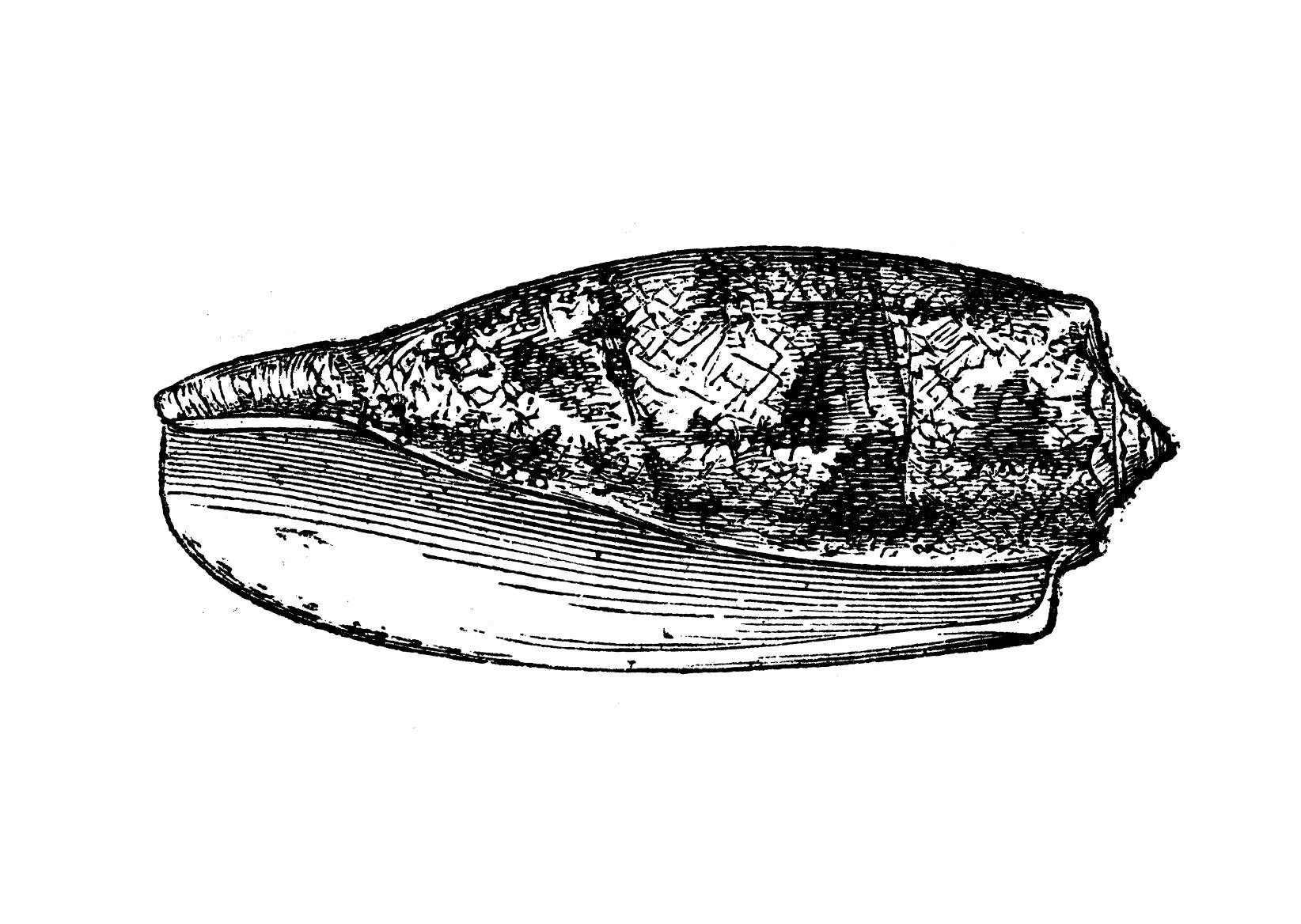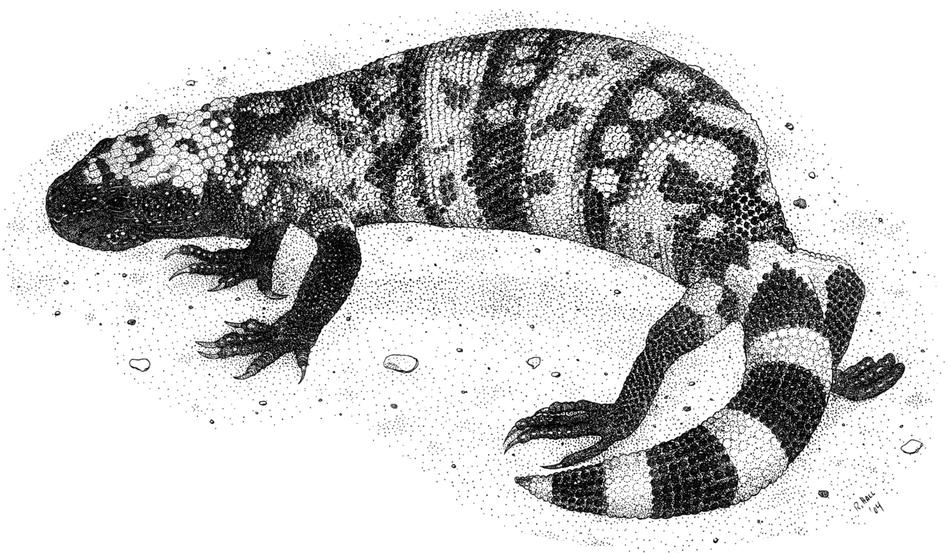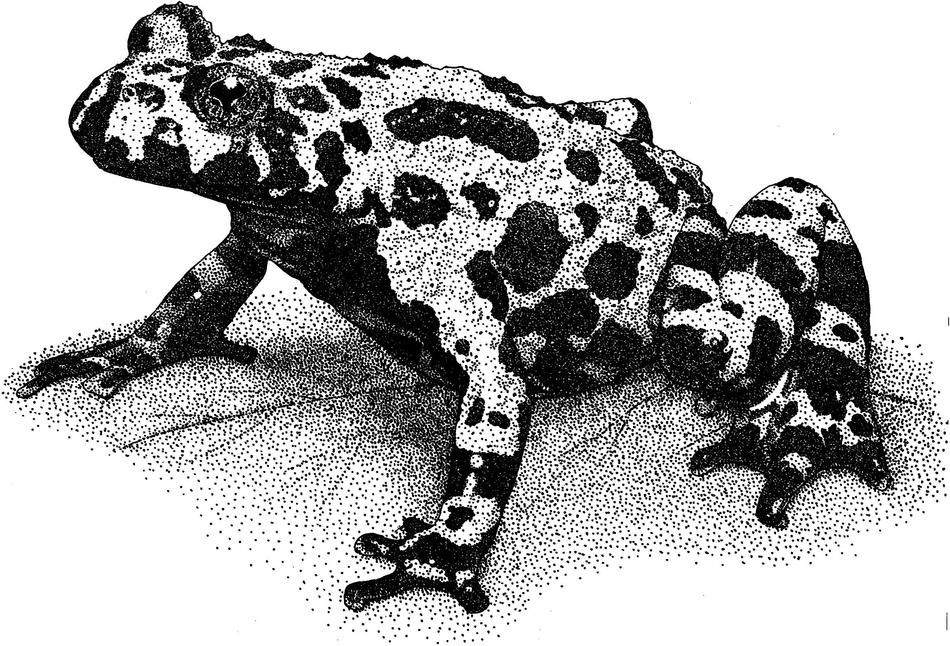Animal venom, counterintuitively, has been a source of medicine for millennia. To help medical researchers find new therapeutic applications, a team of Columbia data scientists recently created a database that gathers the results of all previously published research documenting the effects of different venoms on the human body. The database, called VenomKB (“KB” is short for “knowledge base”), so far contains 5,117 studies, dating back to 1975, that have explored the use of venoms for treating diseases like cancer, diabetes, and heart failure. The Columbia scientists hope that the open-source website will give medical researchers new ideas for treating these and many other conditions. “The power of the database will increase exponentially in the next few years as more researchers study venoms and contribute their own results,” says Nicholas Tatonetti, an assistant professor of biomedical informatics, who created VenomKB with graduate student Joseph Romano. “Only a tiny percentage of venoms that exist in the wild have been studied for their medicinal properties, so the potential for future drug discovery is enormous.”
Poisons That Heal
Cone snail
The cone snail hunts small fish by injecting them with paralytic chemicals through a retractable harpoon; scientists are using these chemicals to develop new drugs for treating severe and chronic pain.
Gila monster
The venom of the Gila monster, in addition to containing poison, is laced with chemicals that control the lizard’s blood-sugar levels; scientists have used these chemicals to create the diabetes drug Exenatide.
Malayan pit viper
A protein found in the venom of the Malayan pit viper, a snake whose bite causes internal bleeding, is being used to develop anticoagulants for treating strokes and heart disease.
European fire-bellied toad
The skin of this amphibian is covered in chemicals that taste repulsive to would-be predators; scientists have discovered that these chemicals, which latch onto neurons, are useful in locating tumors in humans.






